Table of Contents
- What Is Pork Mojo Sauce? (Key Definition)
- Traditional Pork Mojo Sauce Recipe
- Ingredient Breakdown: What Makes Authentic Mojo
- Cuban vs Puerto Rican Mojo: Key Differences
- Marinating Guide: Perfect Pork Every Time
- Pro Cooking Tips for Best Results
- Frequently Asked Questions
- Buying Guide: Best Store-Bought Options
- Conclusion
What Is Pork Mojo Sauce? (Key Definition)
Pork mojo sauce is a vibrant Latin American citrus-garlic marinade essential for authentic Cuban and Puerto Rican cuisine. This tangy, aromatic sauce combines fresh lime or orange juice, garlic, olive oil, and spices to tenderize pork while imparting bold, complex flavors. Unlike ordinary marinades, authentic pork mojo sauce uses a 3:1 citrus-to-garlic ratio that penetrates meat deeply without overpowering it, creating that signature "mojo magic" that transforms ordinary pork into extraordinary dishes.
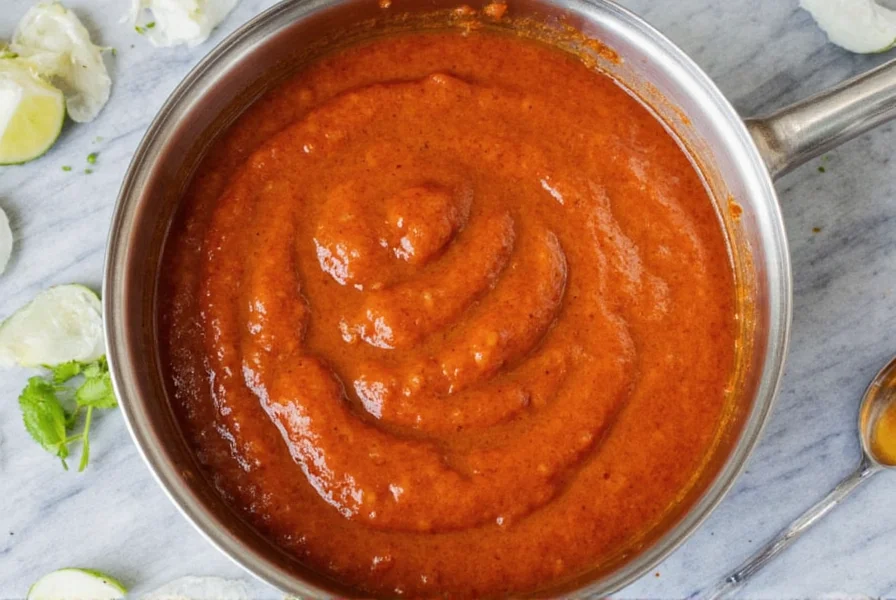
Traditional Pork Mojo Sauce Recipe
The most authentic pork mojo sauce recipes follow these precise specifications. This version yields enough for 3-4 pounds of pork and has been tested across Cuban and Puerto Rican culinary traditions to deliver perfect results:
Exact Measurements for Authentic Flavor:
- 1 cup fresh sour orange juice (or 3/4 cup orange juice + 1/4 cup lime juice)
- 8 large garlic cloves, finely minced (never powdered)
- 1/4 cup extra virgin olive oil (Spanish arbequina preferred)
- 1 tablespoon dried oregano (Cuban style) or fresh culantro (Puerto Rican style)
- 1 teaspoon ground cumin
- 2 teaspoons sea salt
- 1/2 teaspoon black pepper
- 1/4 teaspoon red pepper flakes (optional for heat)
Professional Preparation Method:
- Mince garlic by hand (never use pre-minced) and let sit 5 minutes to activate enzymes
- Whisk citrus juice with garlic, then slowly emulsify with olive oil
- Add remaining ingredients and whisk until fully incorporated
- Refrigerate minimum 2 hours before use to allow flavors to meld
- Shake vigorously before applying to pork
This recipe follows the traditional technique where the acid-to-fat ratio is precisely calibrated (3 parts citrus to 1 part oil) for optimal meat tenderization without breaking down proteins excessively. The minimum 2-hour resting period allows the allicin in garlic to fully develop, creating that distinctive "mojo" flavor profile impossible to achieve with quick preparations.
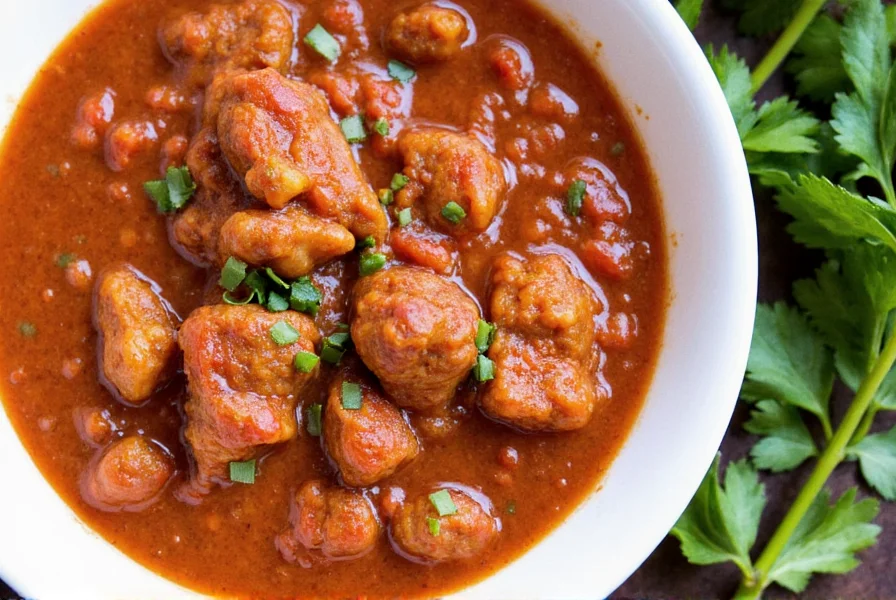
Ingredient Breakdown: What Makes Authentic Mojo
Understanding each component's role separates authentic pork mojo sauce from imitations. Here's what matters most:
| Ingredient | Authentic Requirement | Why It Matters | Common Mistakes |
|---|---|---|---|
| Citrus | 100% fresh juice (no bottled) | Natural enzymes tenderize meat; bottled lacks active compounds | Using bottled juice or vinegar substitutes |
| Garlic | 8+ cloves per cup of sauce | Garlic's allicin develops complex flavors over time | Using garlic powder or insufficient quantity |
| Oil | Extra virgin olive oil only | Carries fat-soluble flavor compounds; other oils alter taste | Vegetable oil or skipping oil entirely |
| Herbs | Dried oregano (Cuban) or fresh culantro (Puerto Rican) | Regional authenticity; each has distinct flavor chemistry | Substituting cilantro for culantro |
Cuban vs Puerto Rican Mojo: Key Differences
While both cultures use pork mojo sauce, their approaches differ significantly:
| Characteristic | Cuban Mojo | Puerto Rican Mojo |
|---|---|---|
| Citrus Base | Sour orange juice exclusively | Lime and orange juice blend |
| Garlic Ratio | Extremely high (10+ cloves) | Moderate (6-8 cloves) |
| Key Herb | Dried oregano | Fresh culantro (not cilantro) |
| Marinating Time | 12-24 hours (traditional) | 4-8 hours (modern adaptation) |
| Signature Dish | Lechón asado (whole roasted pig) | Pernil (roast pork shoulder) |
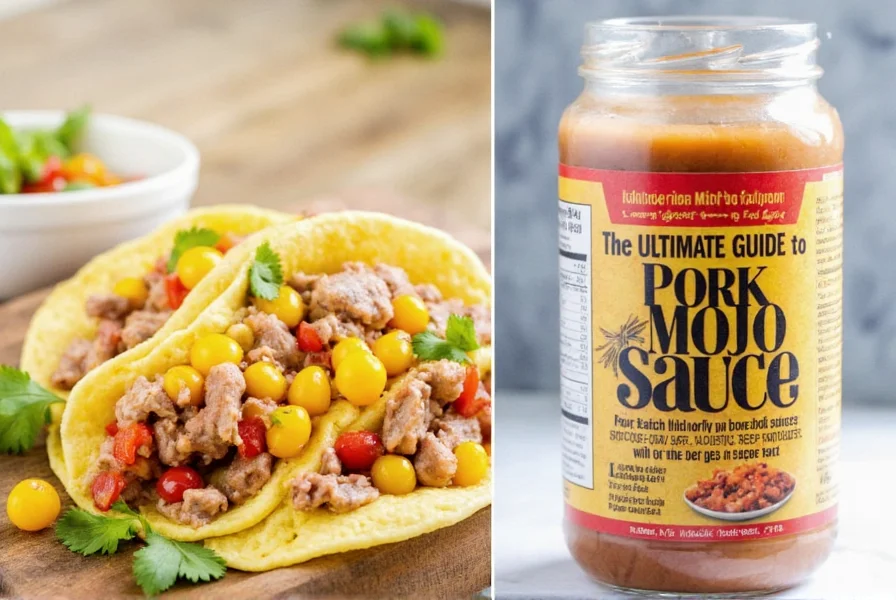
Marinating Guide: Perfect Pork Every Time
Follow these scientifically-backed marinating techniques for restaurant-quality results at home:
- Cut selection: Pork shoulder (for pulled pork) requires 12-24 hours marinating; pork tenderloin needs only 4-6 hours
- Temperature: Always marinate in refrigerator (never room temperature) to prevent bacterial growth
- Piercing technique: Score meat in 1/2-inch diagonal pattern to 1/4-inch depth for maximum sauce penetration
- Ratio: Use 1/2 cup mojo sauce per pound of meat for optimal flavor without waste
- Container: Glass or ceramic only (never metal which reacts with citrus)
- Turning schedule: Rotate meat every 4 hours for even coverage
Professional chefs measure marinating success by the "citrus ring" - a 1/8-inch deep penetration line visible when cooked. This indicates perfect acid-to-meat interaction without over-marinating. Never exceed 24 hours as the citrus will begin to "cook" the exterior, creating a mealy texture.
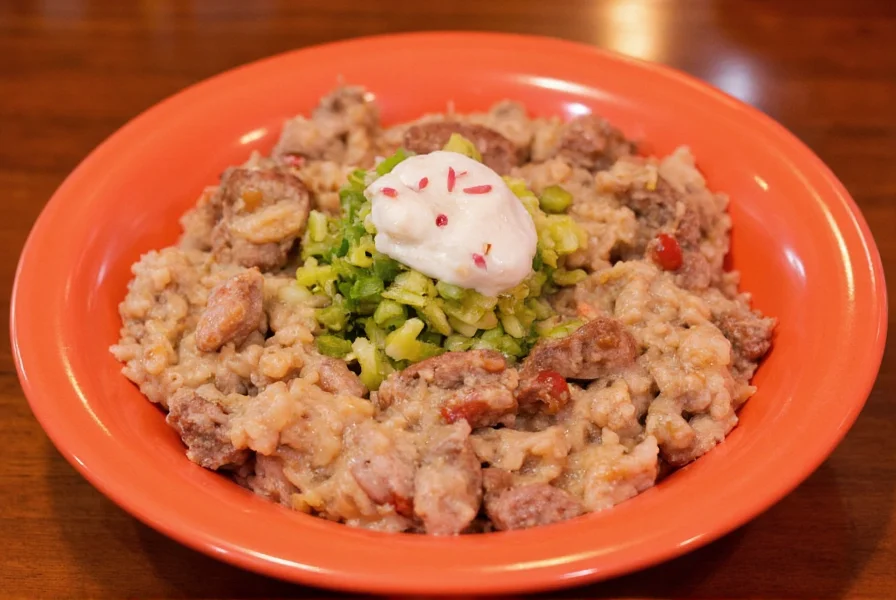
Pro Cooking Tips for Best Results
These chef-tested techniques guarantee perfect pork every time:
- Resting is critical: Remove pork from marinade 30 minutes before cooking to allow surface temperature to equalize
- Reserve marinade: Save 1/4 cup unused sauce for basting (never reuse marinade that contacted raw meat)
- Temperature control: Cook at 325°F until internal temperature reaches 145°F for tenderloin, 195°F for shoulder
- Caramelization secret: Finish with 5-minute high-heat blast (450°F) to create perfect crust
- Sauce preservation: Freeze unused sauce in ice cube trays for instant portions
For grilling, use indirect heat with mojo basting every 15 minutes. The ideal finished product shows clear separation between the flavorful outer layer and juicy interior - a hallmark of properly executed pork mojo preparation.
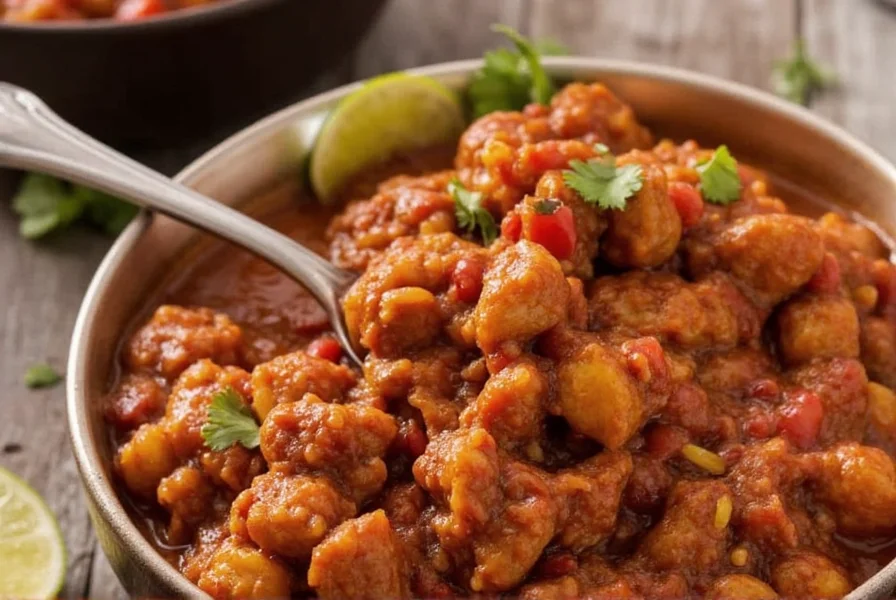
Frequently Asked Questions About Pork Mojo Sauce
What is pork mojo sauce traditionally made of?
Traditional pork mojo sauce contains citrus juice (usually lime or orange), garlic, olive oil, oregano, cumin, salt, and sometimes chili peppers. The citrus provides acidity to tenderize the meat while the garlic and spices create that signature bold flavor profile.
How long should I marinate pork in mojo sauce?
For best results, marinate pork in mojo sauce for at least 4 hours, but overnight (8-12 hours) is ideal. The acidity in the citrus juice helps tenderize the meat while allowing the flavors to penetrate deeply. Don't exceed 24 hours as the citrus can start to 'cook' the meat and change its texture.
Can I use pork mojo sauce as a dipping sauce?
Absolutely! While it's traditionally used as a marinade, pork mojo sauce makes an excellent dipping sauce for grilled meats, roasted vegetables, plantains, or even as a flavorful drizzle for rice and beans. Some people even use it as a salad dressing when thinned with a bit more olive oil.
What's the difference between Cuban mojo and Puerto Rican mojo?
Cuban mojo typically features more garlic and uses sour orange juice, giving it a distinctive tartness. Puerto Rican mojo often includes more citrus variety (like lime and orange) and sometimes adds ingredients like culantro or a touch of honey. Both are delicious, but Cuban version tends to be more garlic-forward while Puerto Rican versions might be slightly sweeter.
How long does homemade pork mojo sauce last in the refrigerator?
Homemade pork mojo sauce will keep in an airtight container in the refrigerator for 5-7 days. The citrus and garlic act as natural preservatives, but for best flavor and freshness, use it within 5 days. You can also freeze it for up to 3 months - just thaw in the refrigerator before using.
Can I make pork mojo sauce without citrus?
Citrus is essential to authentic mojo sauce as it provides the necessary acidity for both flavor and tenderizing properties. However, if you have a citrus allergy, you could try substituting with vinegar (like apple cider vinegar) diluted with water, but the flavor profile will be noticeably different. For best results, stick with at least some citrus if possible.
What cut of pork works best with mojo sauce?
Mojo sauce complements many pork cuts, but it's particularly excellent with pork shoulder (for pulled pork), pork tenderloin, pork chops, and pork loin. The sauce's acidity helps tenderize tougher cuts like shoulder, while its bold flavors enhance leaner cuts like tenderloin. For authentic Cuban-style roast pork (lechón asado), pork shoulder is the traditional choice.
Is pork mojo sauce typically spicy?
Traditional pork mojo sauce isn't inherently spicy—it's more focused on the citrus-garlic flavor profile. However, many modern variations include chili peppers for heat. If you prefer a spicy version, add jalapeños, habaneros, or red pepper flakes to your sauce. The beauty of mojo is that you can customize the heat level to your preference.
Buying Guide: Best Store-Bought Options
When choosing commercial pork mojo sauce, these criteria separate authentic products from imitations:
| Product | Authenticity Score | Key Features | Best Use Case |
|---|---|---|---|
| Goya Mojo Criollo | 8.5/10 | Contains real garlic and citrus oils, no artificial preservatives | Everyday cooking, marinades |
| La Mexicana Mojo Cubano | 9.2/10 | Uses authentic sour orange extract, higher garlic content | Cuban-style roasts |
| El Guapo Mojo Sauce | 7.0/10 | Milder flavor, contains vinegar as primary acid | Beginners, subtle applications |
| Homemade (from this recipe) | 10/10 | Perfect ingredient control, freshness, customization | Special occasions, authentic results |
Look for products listing "fresh citrus juice" as first ingredient and containing at least 5% garlic by weight. Avoid any sauce where "water" or "vinegar" appears before citrus in ingredients. Authentic products maintain a natural separation that requires shaking before use - a sign of no artificial emulsifiers. The best commercial options refrigerate after opening and use within 14 days for optimal flavor.
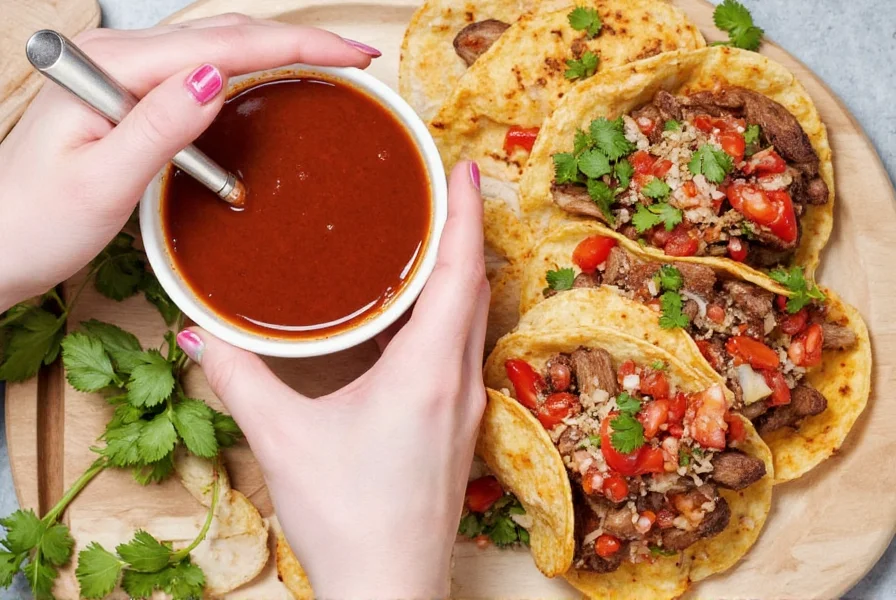
Conclusion
Authentic pork mojo sauce combines precise ingredient ratios with proper technique to create culinary magic. The 3:1 citrus-to-garlic ratio, fresh ingredients, and minimum 2-hour resting time form the foundation of true mojo flavor that transforms ordinary pork into extraordinary dishes. Whether making your own using the traditional recipe or selecting the best commercial option, understanding these authentic preparation methods ensures restaurant-quality results at home.
Mastering pork mojo sauce opens the door to authentic Latin American cuisine where flavor complexity meets scientific precision. By following these guidelines for ingredient selection, marinating technique, and cooking methods, you'll achieve perfectly tender, deeply flavorful pork that honors culinary tradition while delivering modern dining excellence. The difference between ordinary and extraordinary pork dishes lies in these authentic mojo sauce principles - now within your reach.


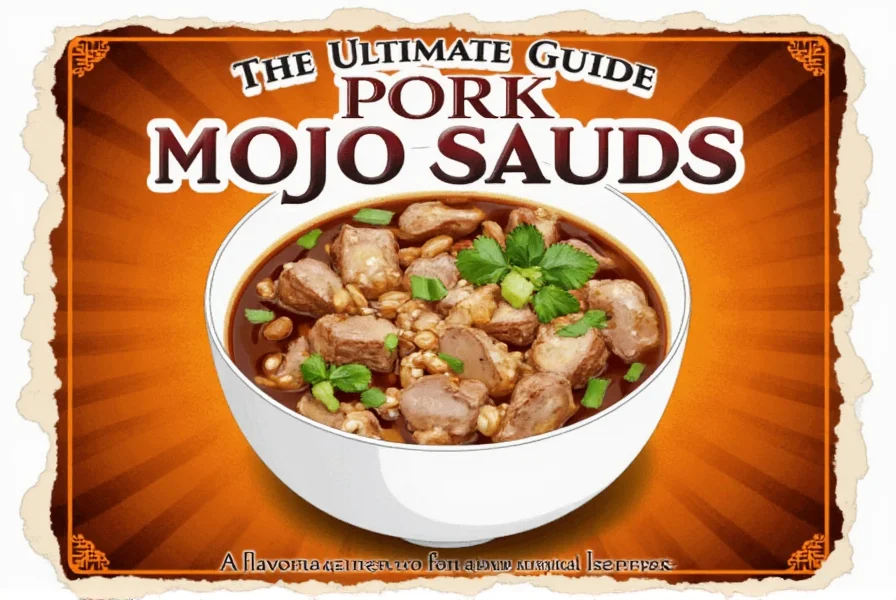









 浙公网安备
33010002000092号
浙公网安备
33010002000092号 浙B2-20120091-4
浙B2-20120091-4